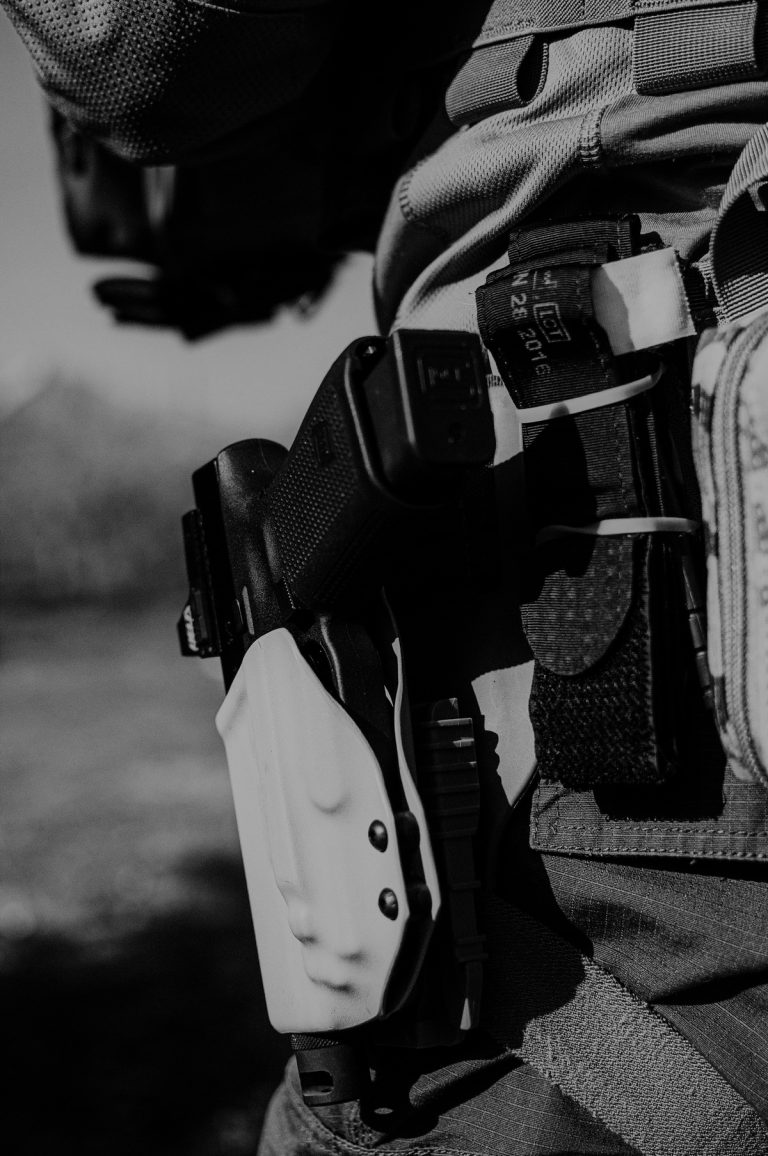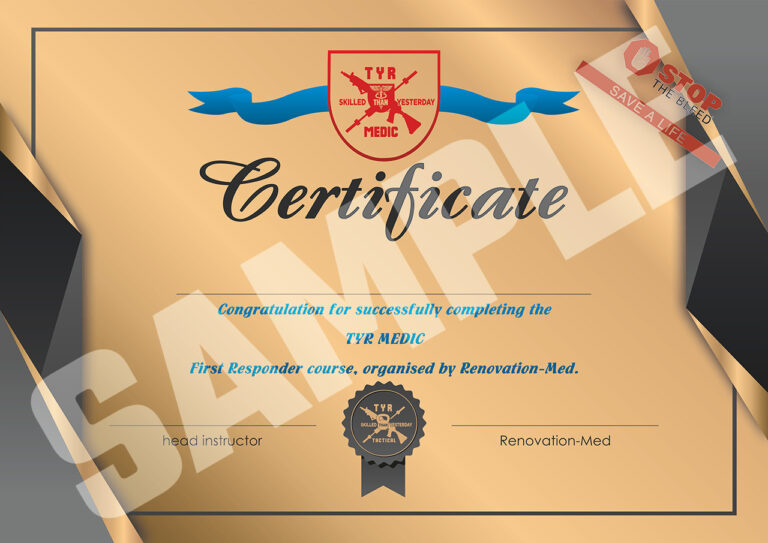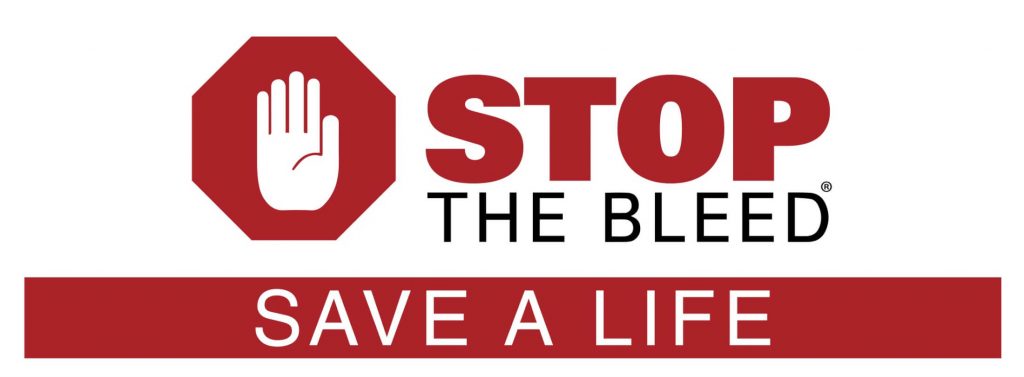
Price: Please call me
English below…
HU
Míg a betegértékelés során a legfontosabb munka az orvosra hárul, ne felejtsük el, hogy minél több segítséget kap orvosként, annál magasabb lesz a beteg túlélési aránya. Ezért fontos, hogy jó segítőket képezzünk ki, hogy segítsék az orvos munkáját.
Miután az orvos a helyszínre érkezik, a szerepek megváltoznak. A betegfelmérés célja mindig az, hogy a beteg túlélje a kezelés magasabb szintjét, így az Első Reagáló lesz a segítő, aki rövid jelentést ad az orvosnak a beteg állapotáról, és várja az orvost, közreműködik annak biztosítására, hogy a beteg túlélje a kivonásig.
Az elsőre reagálóknak meg kell érteniük, hogyan kell felkutatni és kezelni a súlyos vérzéseket és biztosítani a légutakat, mivel ezekkel kapcsolatos bármilyen súlyos helyzet rövid időn belül végzetes lehet. Ezt követően meg kell tanulniuk, hogyan nyújtsanak jó segítő kezet az orvosnak, beleértve az általunk használt és az orvosi táskában lévő eszközök és készletek ismeretét, ennek dokumentálása létfontosságú a betegértékelésben, jó kommunikációs készség a mentőszolgállattal , MEDEVAC-al.
EN
While in patient assessment the most important work goes to the medic, let us not forget that the more help you get as a medic, the higher survival rate the patient will have. So it's important to also train good helpers (or security as they call them in combat situations) in order to help the medic's job.
In this course we focus to train the students to be able to assess most critical injuries first (eg.: Massive hemorrhage and Airway management) to make sure the patient survives until the medic arrives to the scene.
After the medic gets to the scene, roles are changing. The whole purpose of the patient assessment is always to make sure the patient survives until he/she gets to the higher level of treatment, so the First Responder becomes the helper, giving a short report to the medic about the patient's status and awaits the medic's commands to make sure the patient survives until the extraction.
First Responders must understand how to treat and manage Massive Hemorrhage and the Airway for any serious situation regarding to these too can be fatal in a short time. After that they must learn how to give a good helping hand to the medic, including the knowledge of the tools and kits we use and will be in the medic bag, documentation for it is vital in the patient assessment, good communication skills with the Paramedic Station or the MEDEVAC, etc.
First Responders must get a GO as First Responders in a randomly picked, already created trauma related situation to get the certification of First Responder.
After they're done with the course they'll have the chance to move to the Basic Medic course in order to expand their knowledge, now as medics.
Certifications for successful candidates:
Stop The Bleed - American College of Surgeons
First Responder Certificate (Hungarian / English)



I would like to introduce our team. Without exception all four of us were professional soldiers and police officers.
We have worked in various special parts of the law enforcement and the defense forces for years, both in Hungary and abroad, and we have worked as instructors in these systems for years.